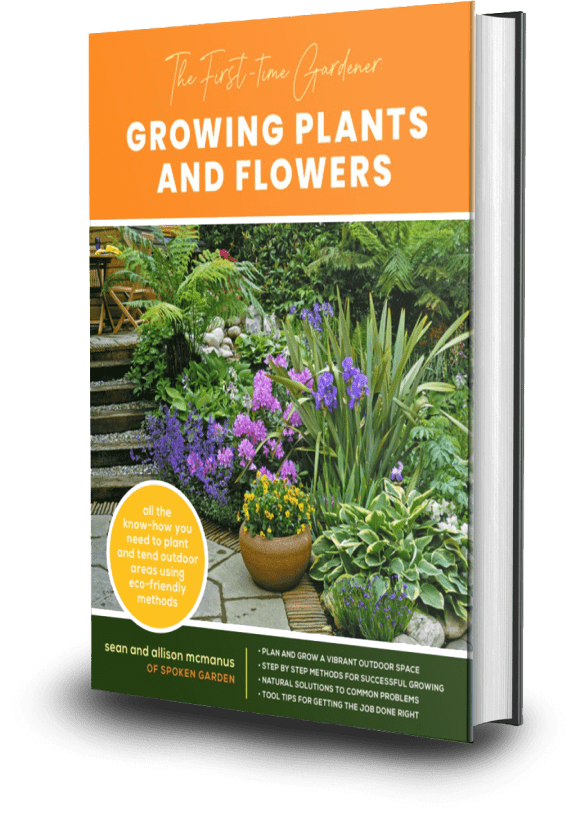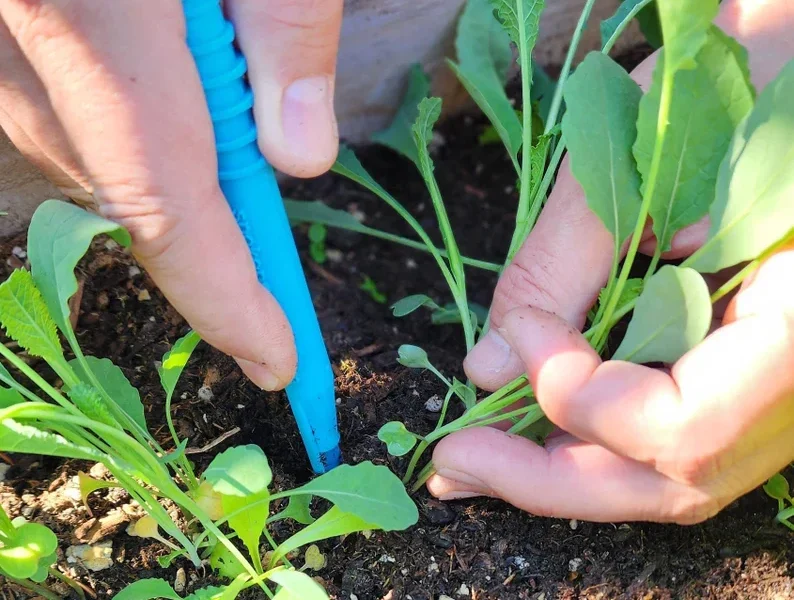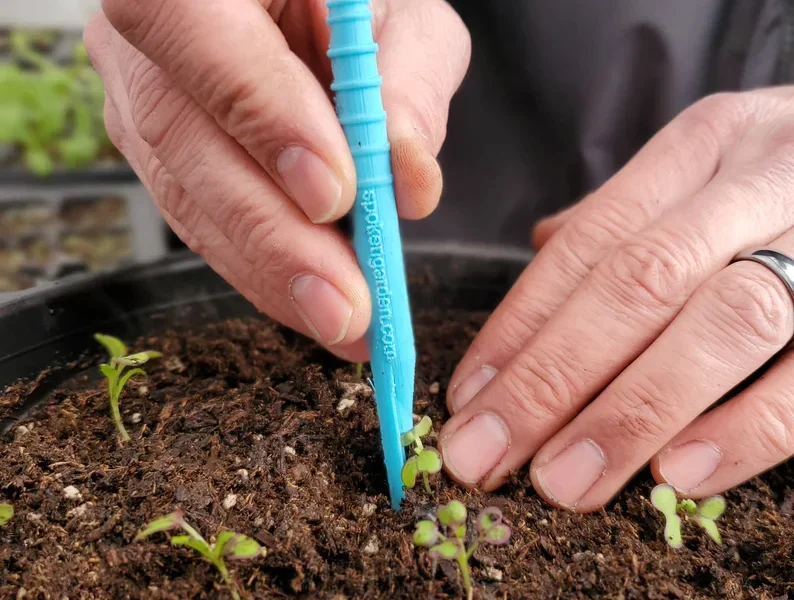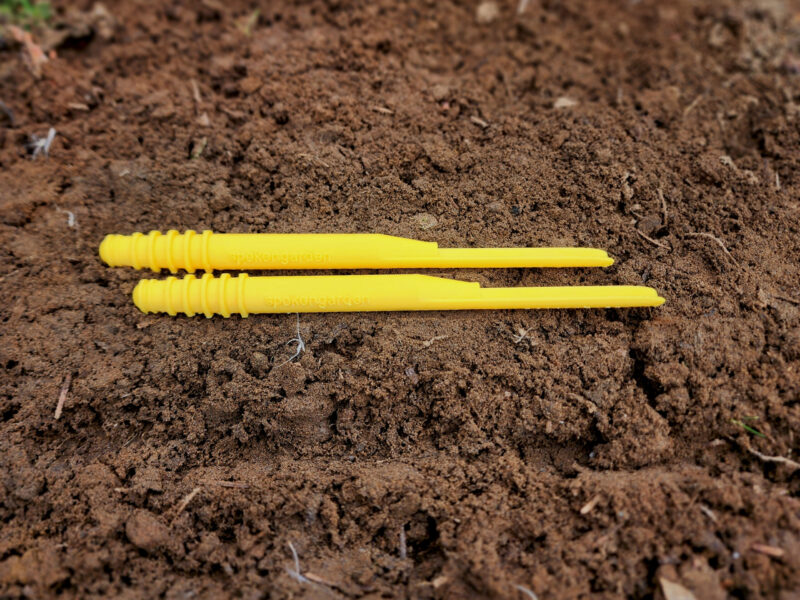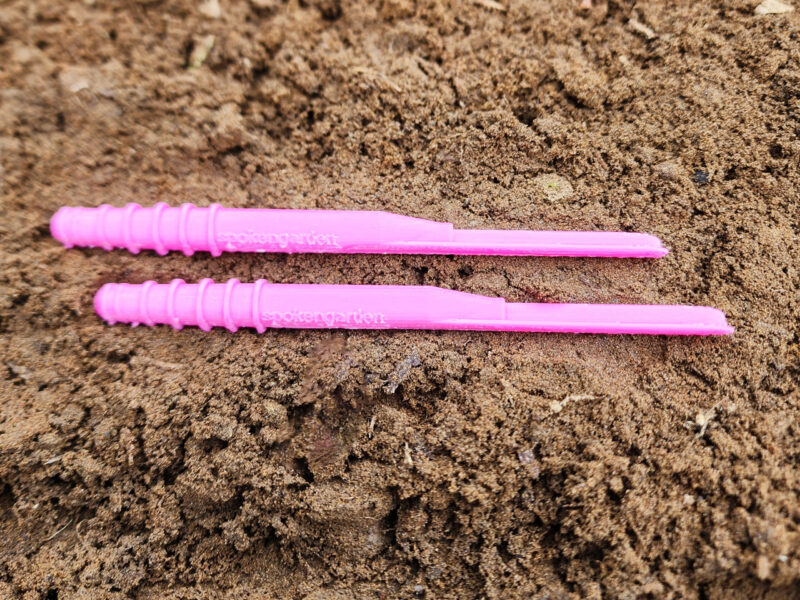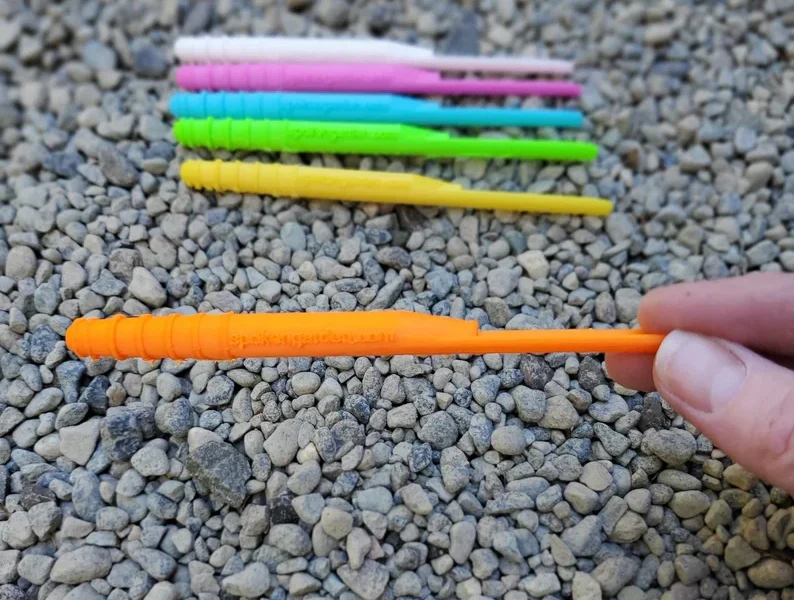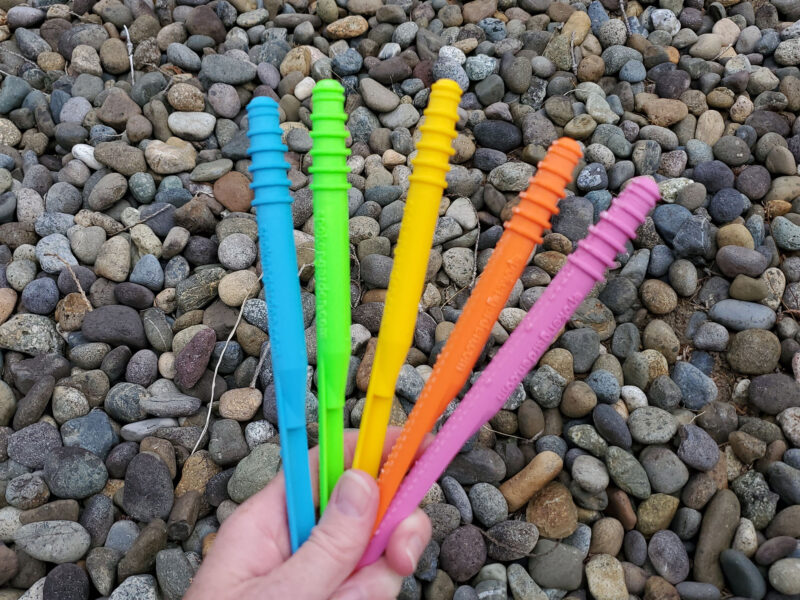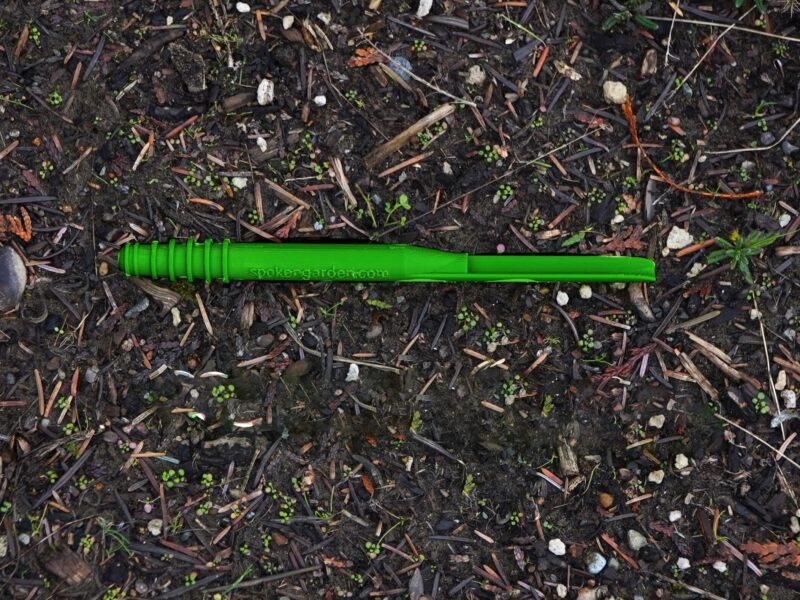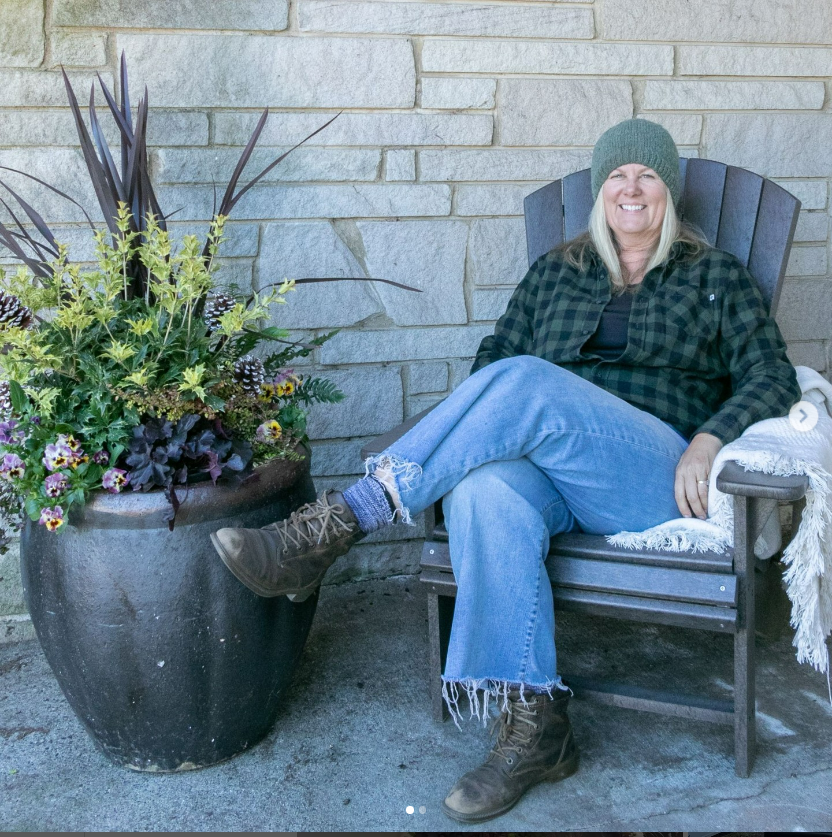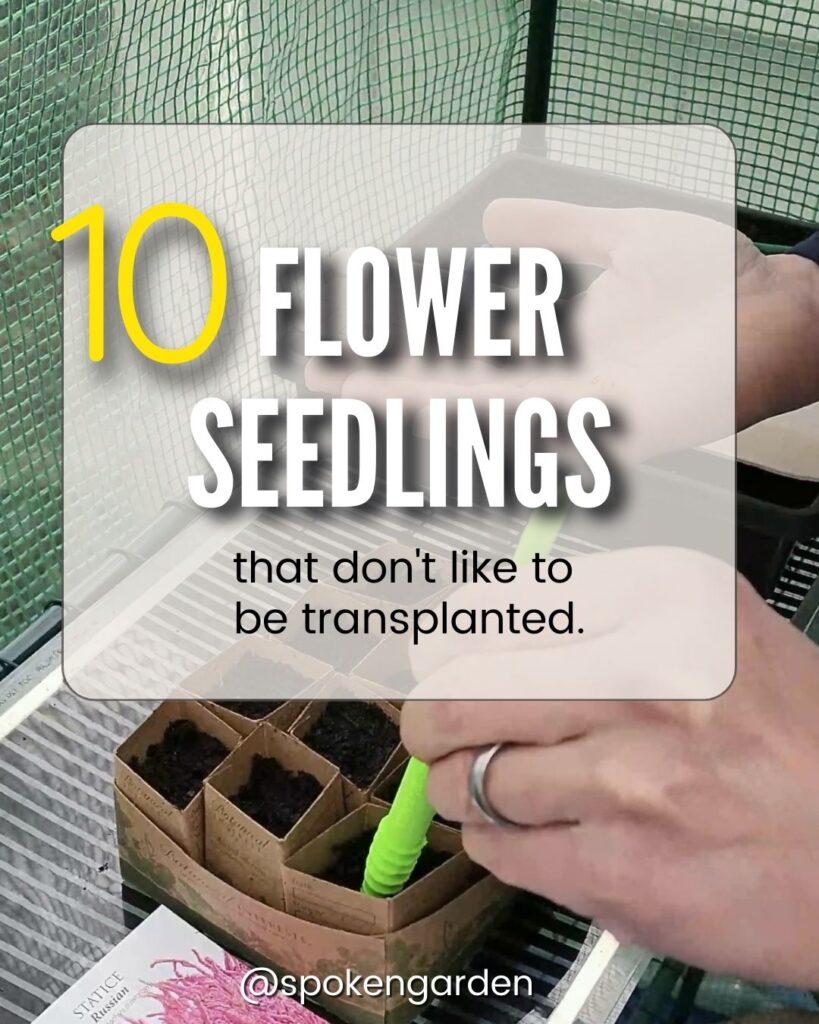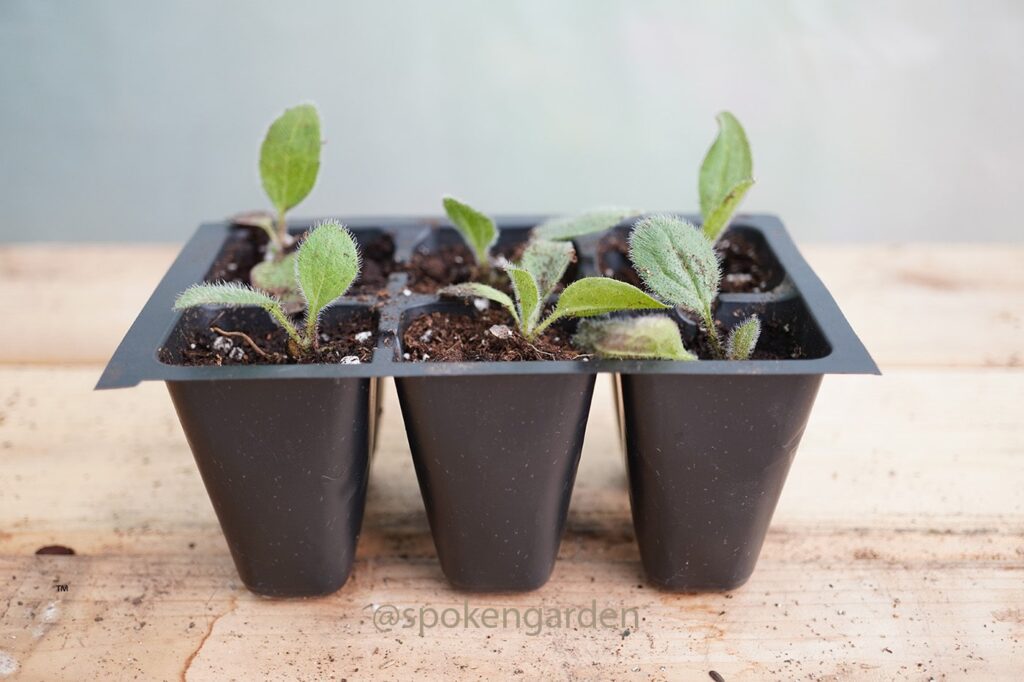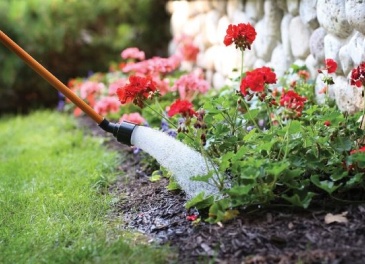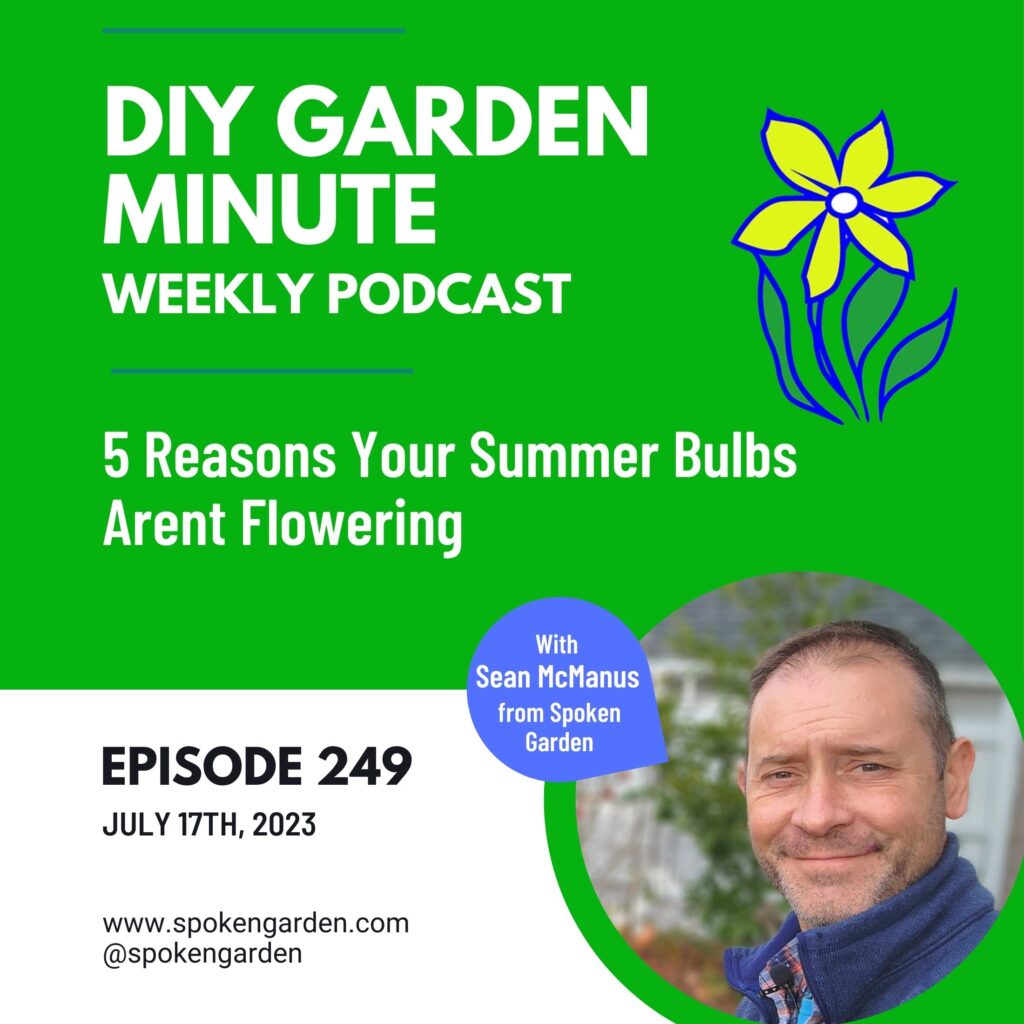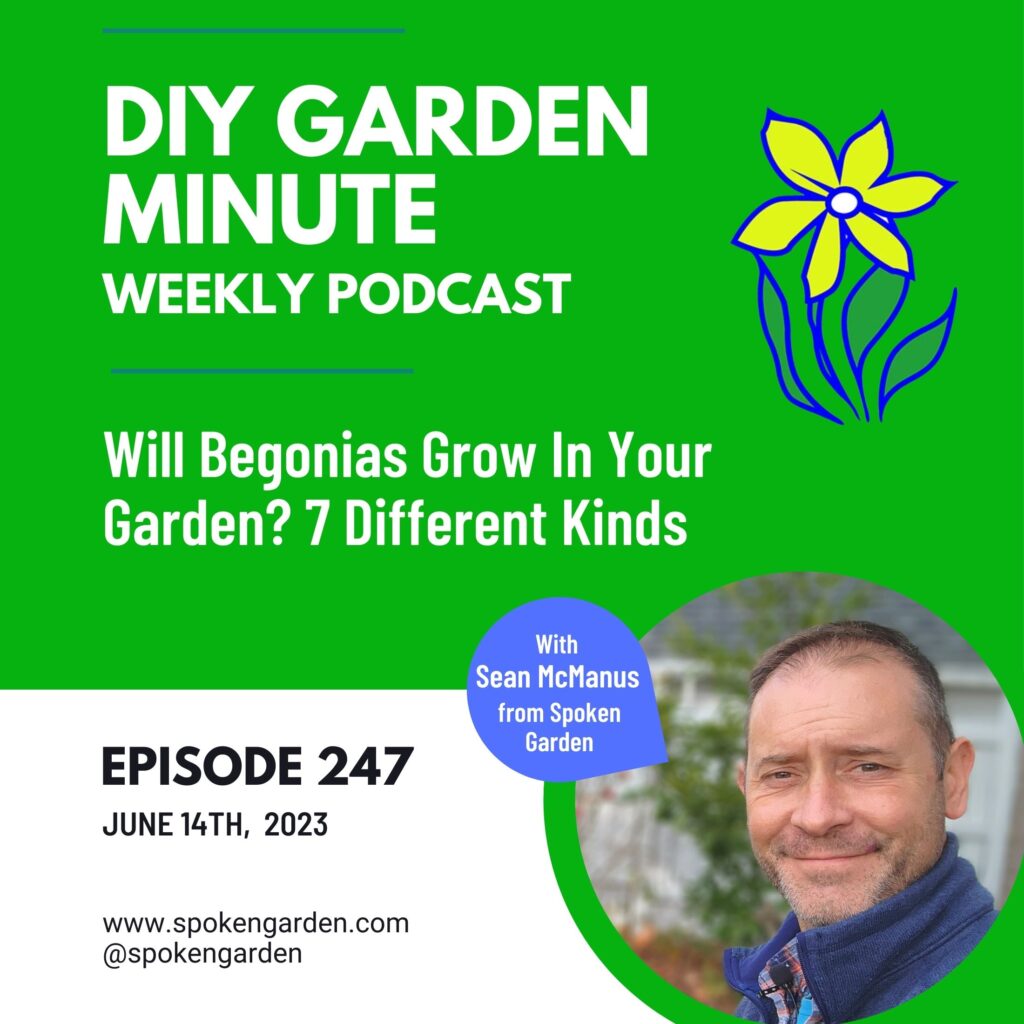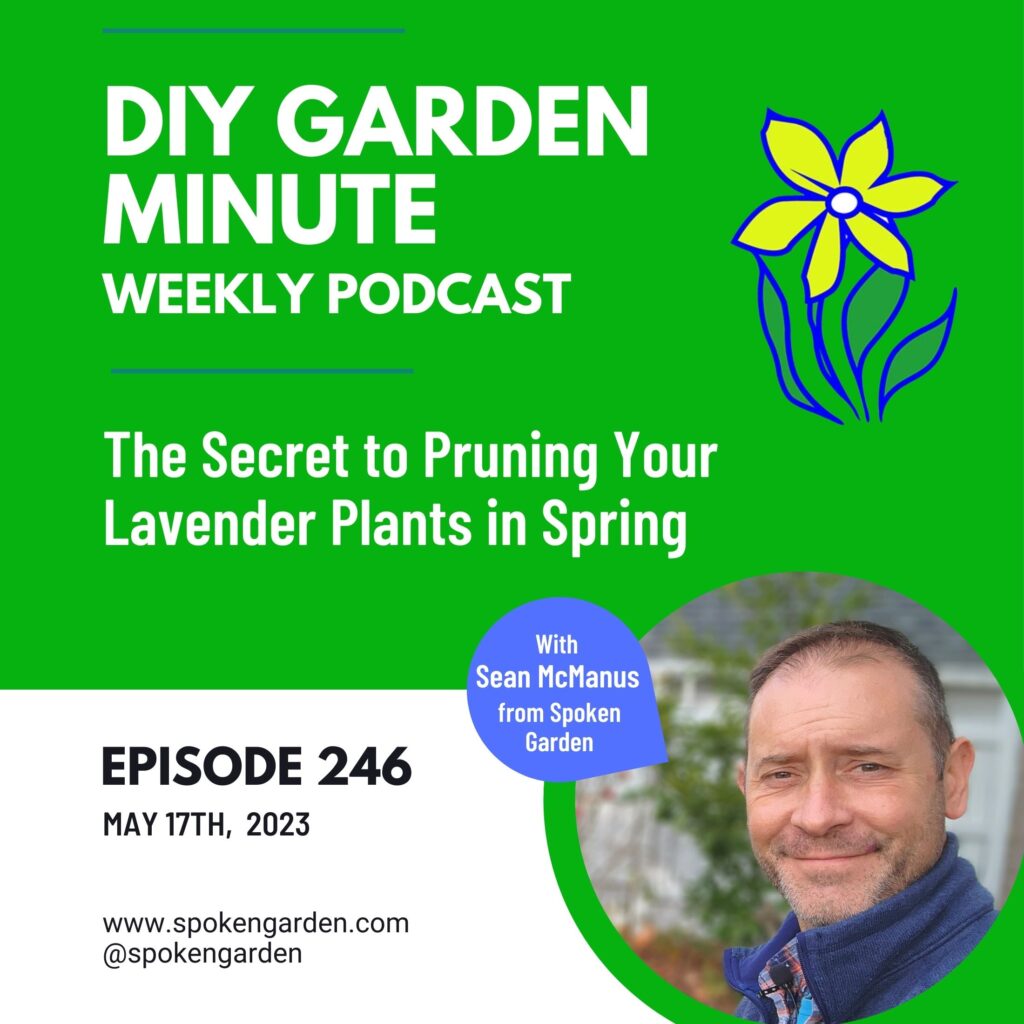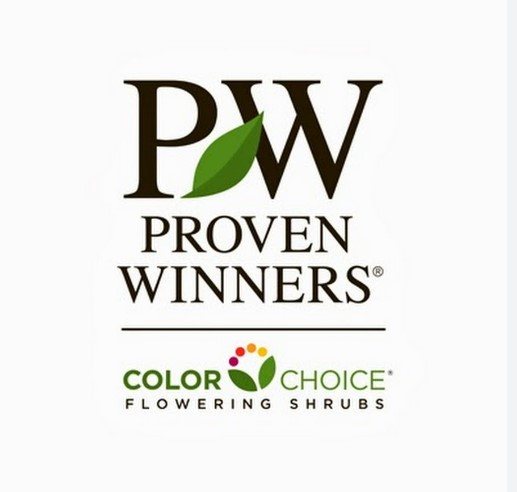Level up your seed sowing this season!
Frustrated that your seeds aren't germinating and you're wondering why? Want a better seed sowing tool?
Level up your seed sowing this season!
Frustrated that your seeds are germinating and you're wondering why? Want a better seed sowing tool?
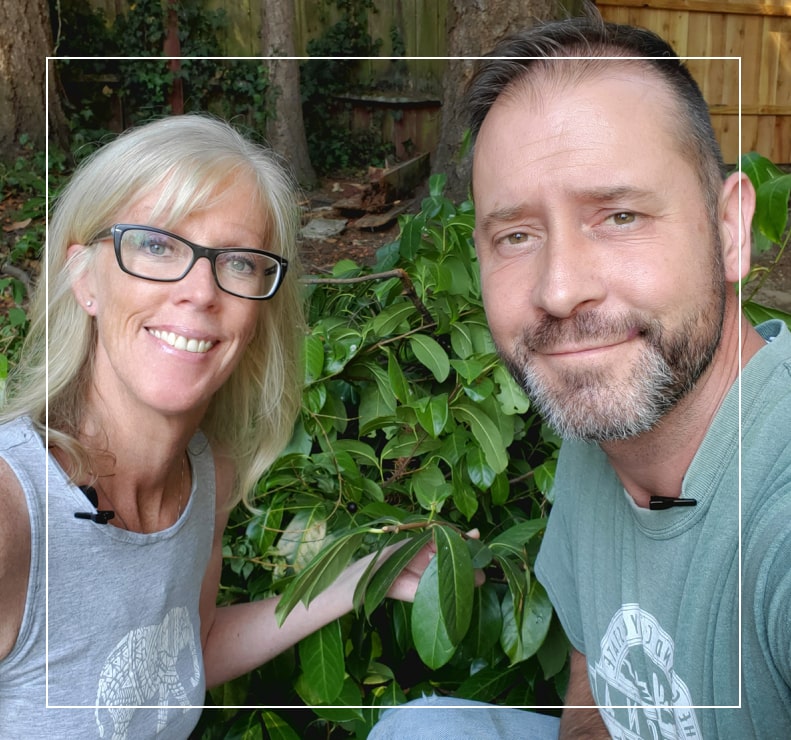
WHO WE ARE
Spoken Garden
We're Sean and Allison and we're here to help you become a better gardener. We're gardeners, authors, YouTubers, and podcasters who teach beginning gardeners. Throughout the past 20 years, it seemed almost everyone had a home gardening question for us. With a background in horticulture, gardening, landscape, and teaching, we want to make a difference by teaching and showing others how to improve their gardens and yards.
